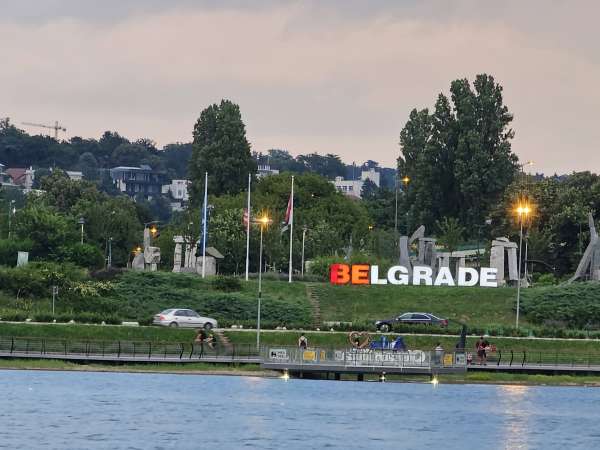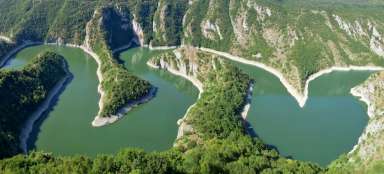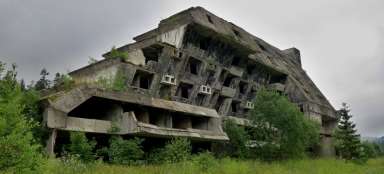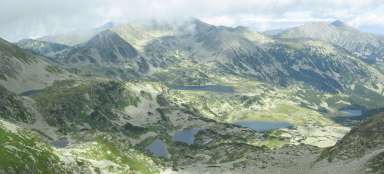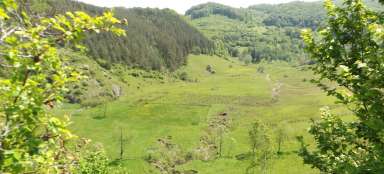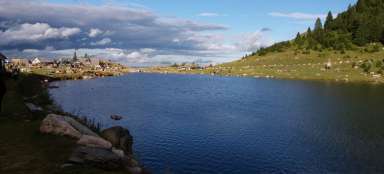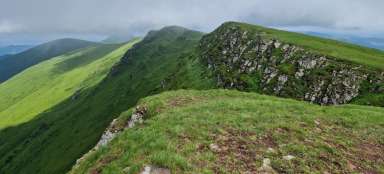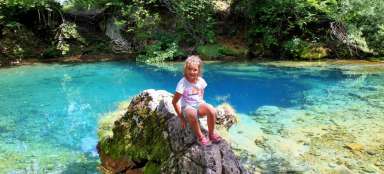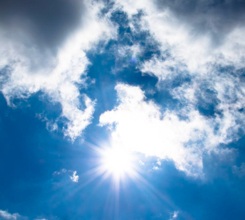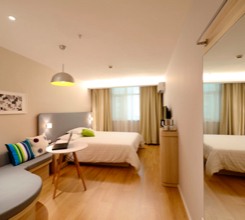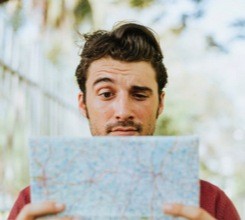A walk around the capital of Serbia
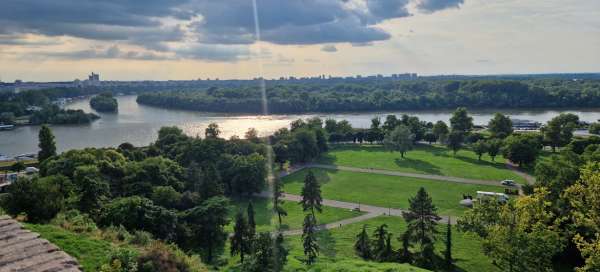
The Serbian capital, Belgrade, is worth visiting on your way through the Balkans. The history of the city is long, and its origins date back to when it was first recorded in 878 in a letter from the Pope to the Bulgarian Tsar Boris. The city was part of the Byzantine or Hungarian Empire, the Turks passed through and then the Slavs moved here. Here you will come across a variety of architecture, from construction statues from communist times to new modern construction.
Abandoned decaying buildings
After arriving in the city, we parked in a paid parking lot near the center. Our first steps led towards the center through a part of the city that had seen its best years. We passed several abandoned and dilapidated buildings from the communist era.
Unlike many other European capitals, Belgrade does not have a rich fund of historical buildings, as a large part of them was destroyed during the sad history of the region and the city.

Traffic in Belgrade
The city is also important from a transport point of view. Pan-European corridors cross here, many railway lines open here, and the location at the confluence of two rivers is key for inland and international shipping.
The city has an extensive public transport system, the basis of which is the tram network. Trams connect all the more densely populated parts of the city and have been in operation since 1892. The metro, which was planned to be built since the 1970s, unfortunately has not yet been built or even started.
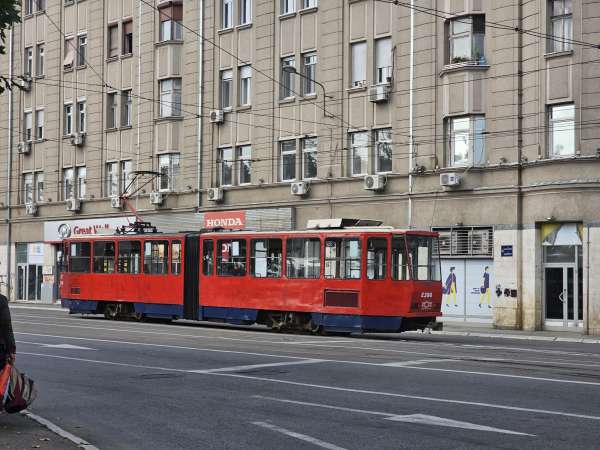
Prince Michael Street
We will walk through the city center along Knížete Michal Street, which is one of the favorite shopping streets of local residents. You will find many shops of international brands, but also markets with local products.

Belgrade Fortress
At the end of Prince Michael Street, the Kalemegdan Fortress of Belgrade, which is an extensive fortification complex, continues. The roots of the fortress go back to the 2nd century, it was built up to the 18th century. It was built by the Romans on a hill above the confluence of the Sava and Danube rivers. The fortress was later used by medieval Serbian kingdoms, Hungarians, Ottomans and Austrians
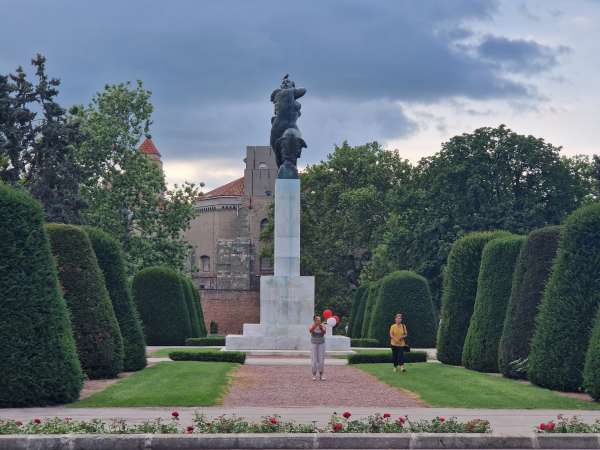
Walls around the fortress
Kalemegdan is an extensive fortification complex. The roots of the fortress go back to the 2nd century, it was built up to the 18th century. It was built by the Romans on a hill above the confluence of the Sava and Danube rivers. The fortress was later used by medieval Serbian kingdoms, Hungarians, Ottomans and Austrians.
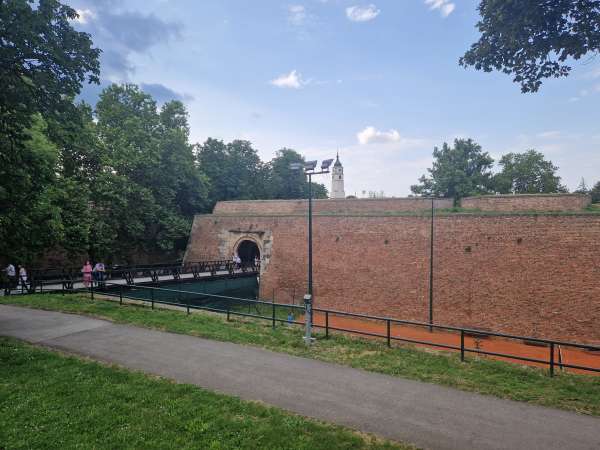
Dinopark under the walls
An interesting diversion, especially for children's visitors, is the dino park under the fortress walls, which has an entrance fee. However, if you don't have time for the whole tour, you can at least take a look at the fort as you pass through.

Military Museum
There is a military museum in the fortress, which was established as early as 1878 (it is one of the oldest institutions of its kind in the country). This happened not long after Serbia gained de facto independence from the Ottoman Empire. At that time, exhibits from the times of the battles against the Turks were preserved in the museum.
The museum was looted during World War II by the Germans. After the end of the war, a military-historical department was established by Josip Broz Tito within the General Staff of the Yugoslav Army. The current building in the center of Belgrade was reserved for him in 1956.
The museum also includes a part of the fortress, where cannons and tanks that fought both during the Balkan Wars and during the First and Second World Wars are exhibited. On the other hand, the oldest exhibits come from the period of the Battle of Kosova Field.

View of the confluence of the Danube and the Sava
We walked through the fortress complex and ended the tour at the northern walls above the confluence of the Danube and Sava rivers. This is a popular place for locals to sit, look out over the confluence or walk the dogs in the park under the walls. The view here is really far, except for the suburbs of Belgrade or the vast park Ušće – the mouth of the Sava to the Danube, which represents the main green oasis for New Belgrade and its area is 92 ha.
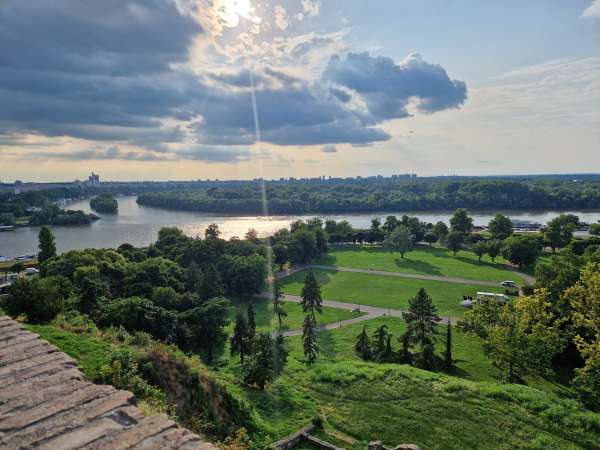
Walls under siege
Locals occupy the ramparts to sit with the best view of the sunset.
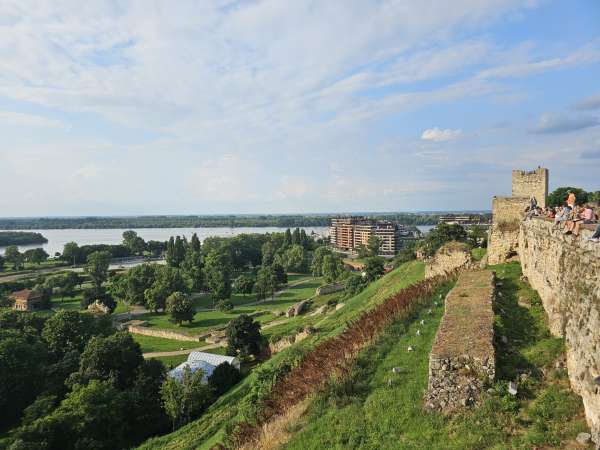
Chapel of St. Petka
When descending from the walls through the park towards the Sava River, we pass the chapel of St. Petka. K aple is built above a sacred spring and dedicated to Saint Petka. It is located on the road connecting the upper and lower city of the Belgrade fortress, near the Ružica church, and the spring is in the very altar of the chapel. Today's chapel was built in 1937 according to the project of architect Momir Korunović.
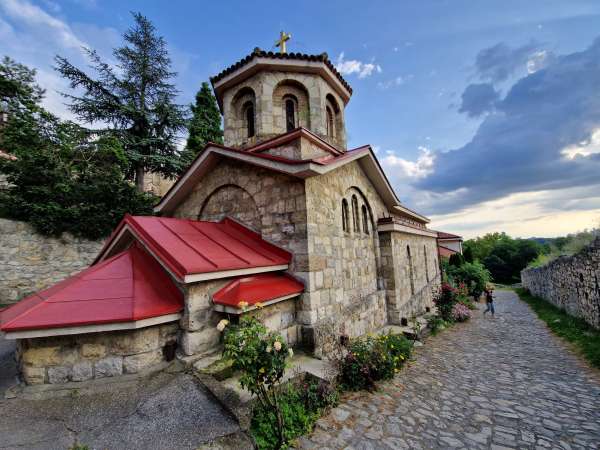
Sava promenade
After a while, we will walk from the fortress to the Sava River, where we will be transported back to the 21st century. A new promenade has been built here along which there is live entertainment with modern restaurants. Sometimes we see luxury vessels of all kinds on the river.
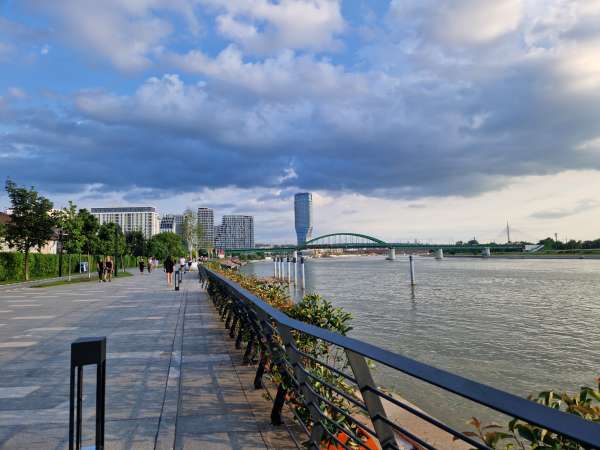
Kula Belgrade
At the end of the promenade along the Sava, the Belgrade Tower, officially known as Kula Belehrad, rises like a modern torch. It is a 42-story, 168-meter-tall mixed-use skyscraper.
Upon completion of the exterior construction in 2022, it became the tallest building in Belgrade, Serbia and the Western Balkans region, and was promoted as a „beacon of the entire planned community.“ Outside of Turkey, it remained the tallest building in the Balkans for a year until it was surpassed in 2023 by the Sky Fort in Sofia, Bulgaria.

Swimming pool on the Sava
We ended our day in Belgrade with a pleasant swim in the Sava River. About 5 minutes by car from the city center, there is a sports and recreation complex built since 1957 near the island of Ada Ciganlija. It also includes the artificial Sava Lake, originally a branch of the Sava River that was dammed. Currently, it is a popular meeting and recreation place, especially in the summer months. It also includes a 7 km long beach and a number of facilities, e.g. for golf and other sports.

Swimming in the Sava
Entrance to the complex costs a few crowns, or a few Serbian dinars, so it is widely used by locals. We arrived just before sunset, so there weren't many people. The water was crystal clear, the beaches with pebbles and the water temperature ideal for refreshing after a hot summer day in the city.
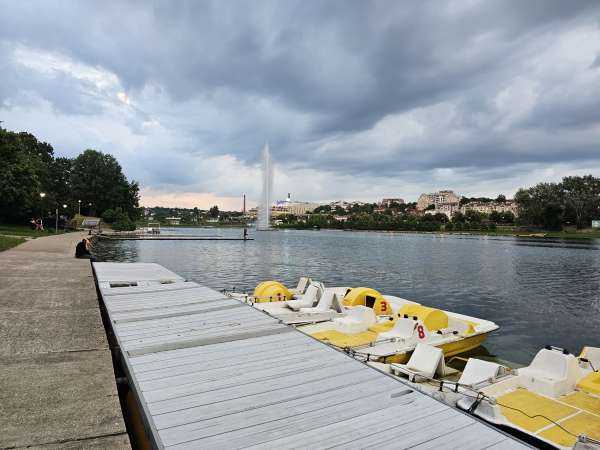
Island for sports
The whole island of Ada Ciganlija is widely used by the locals for sports activities, whether for water sports or cycling, golf or football and other sports. There are several playgrounds and sports fields on the island.
